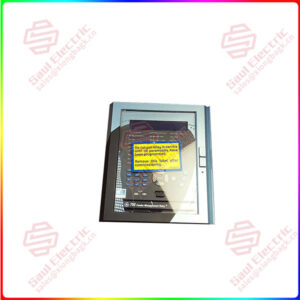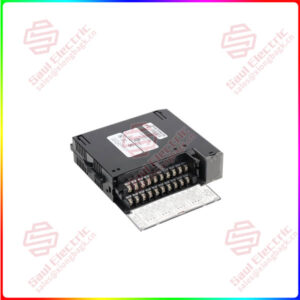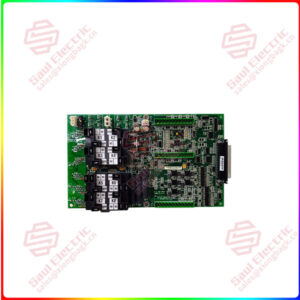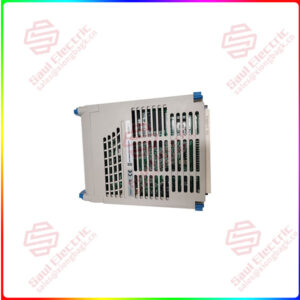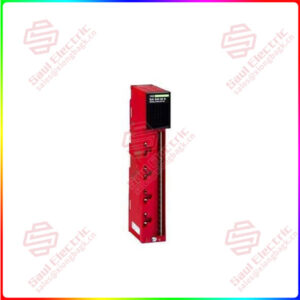Description
Overview
Essential details:1756-L551 SLC 500 and SLC 5/05 series processor module Allen Bradley
Technical Specifications for 1747-L551
| Manufacturer | Rockwell Automation |
| Brand | Allen-Bradley |
| Part Number/Catalog No. | 1747-L551 |
| Series | SLC 500 |
| Module Type | SLC 5/05 Processor |
| Inputs | 4096 |
| Outputs | 4096 |
| Analog I/O | 480 |
| Memory: | Up to 16 KB, Battery Backed-RAM |
| User Memory | 16,000 Words |
| Program Scan Time | 0.9 ms/K |
The Allen-Bradley 1747-L551 Processor Hardware is integrated with a program memory size of 16 KB. It is high-performance controller, capable of controlling up to 4096 input and output points. This module supports online and offline programming such as runtime editing. The Allen-Bradley 1747-L551 has channel-to-channel, remote I/O, and DeviceNet pass-thru features. This module also has a built-in real-time clock and calendar. This module comes with a Ethernet port for network connection and RS232 port for peer-to-peer communication. The RS-232 channel supports DF1 full duplex, DF1 half-duplex master and a DF1 radio modem. The integrated Ethernet port supports a built-in 10/100 Base-T Ethernet channel for supporting SNMP, BOOTP, extended messaging capabilities, and high-speed communication. For programming, it includes advanced math instructions and various additional instructions. It also includes support for indirect addressing. The SLC 505 has a typical Program Scan Time per Keyword of 0.9 milliseconds and typical I/O scan time of 0.225 milliseconds.
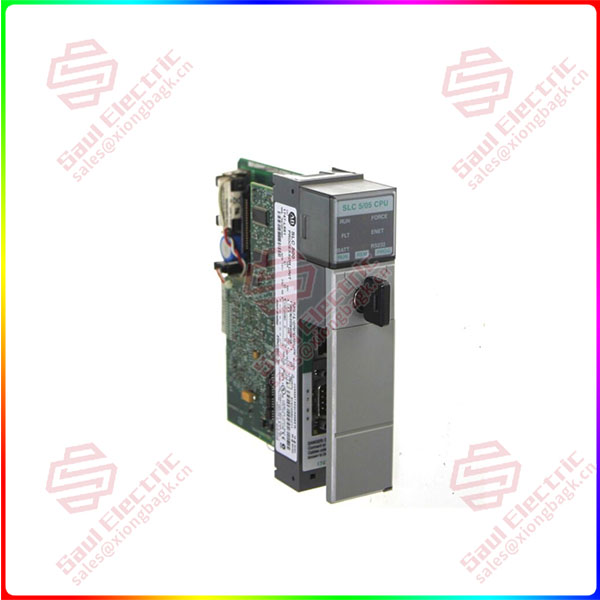
1756-L551
Superiority products 1756-L551 SLC 500 and SLC 5/05 series processor module Allen Bradley
This module has a dielectric withstand of 150 Volts AC based on the UL 508, CSA C22.2 No. 142 Standards. The operating vibration of the 1747-L551 is 2.5G at 5 to 2000 Hertz. The non-operating vibration is 5G at 5 to 2000 Hertz. The isolation between the communication circuits of this module is around 500 Volts DC. The isolation between the backplane and the I/O of this module is 1500 Volts AC. Before installing and uninstalling I/O devices, disconnect the power from the controller and the other power sources that serve the I/O device. The operating temperature of the 1747-L551 is 32 to 140 degrees Fahrenheit, and the storage temperature is around -40 to 185 degrees Fahrenheit. The Allen-Bradley 1747-L551 has an operating shock of 30G (3 pulses, 11 milliseconds). The nonoperating shock is 50G (3 pulses, 11 milliseconds). The relative humidity is from 5-95% non-condensing. This module has a scan time typically around 0.9 milliseconds/K. Its LED light will indicate several different situations, including when the module is running, when the CPU experiences a fault, when the battery is low, an I/O is being forced, or when its Ethernet/RS-232 ports are active.
This processor is exclusively installed in Slot Zero (0) of the SLC 500 chassis. It supports Remote I/O implementation with the use of a communication adapter installed at the chassis where the CPU is located, and scanner modules installed at the chassis where the Remote I/O modules are described. Supported communication protocols are Ethernet, Remote I/O (RIO), DH485 and Data Highway Plus (DH+). It must be cleared that Remote I/O technology is different from Remote I/O (RIO) protocol. Remote I/) technology or sometimes referred to as Distributed I/O is the technology that allows installation of Input and Output modules away from the processor, through a remote chassis with the CPU still treating the remote modules as part of the local chassis. Remote I/O or most commonly referred to as RIO is a proprietary protocol by Allen-Bradley.
This processor, similar to other processors is designed with the capability of being communicated to computer-based control systems such as Human Machine Interface (HMI) and Supervisory Control and Data Acquisition (SCADA).


 1 Year Warranty
1 Year Warranty
